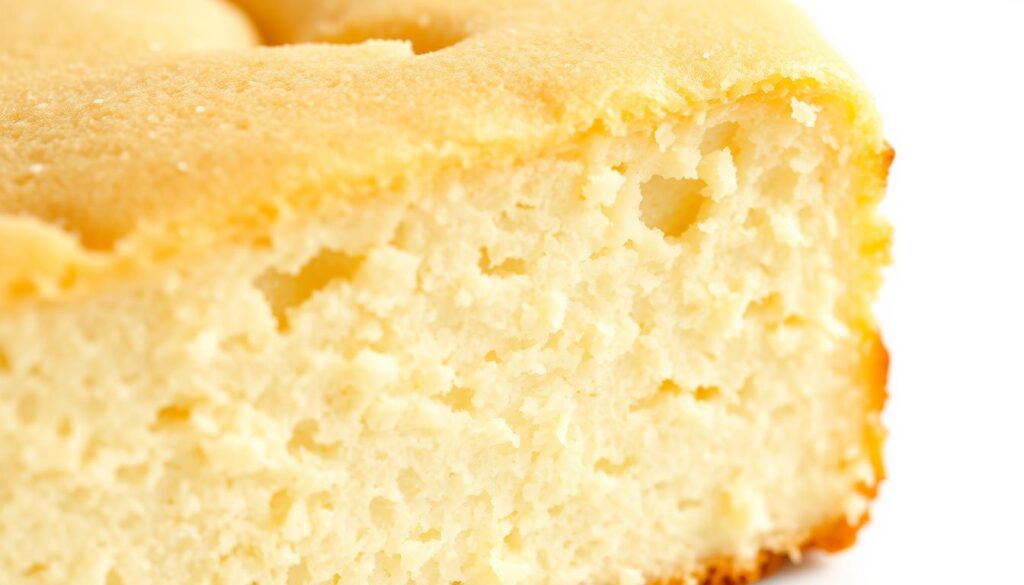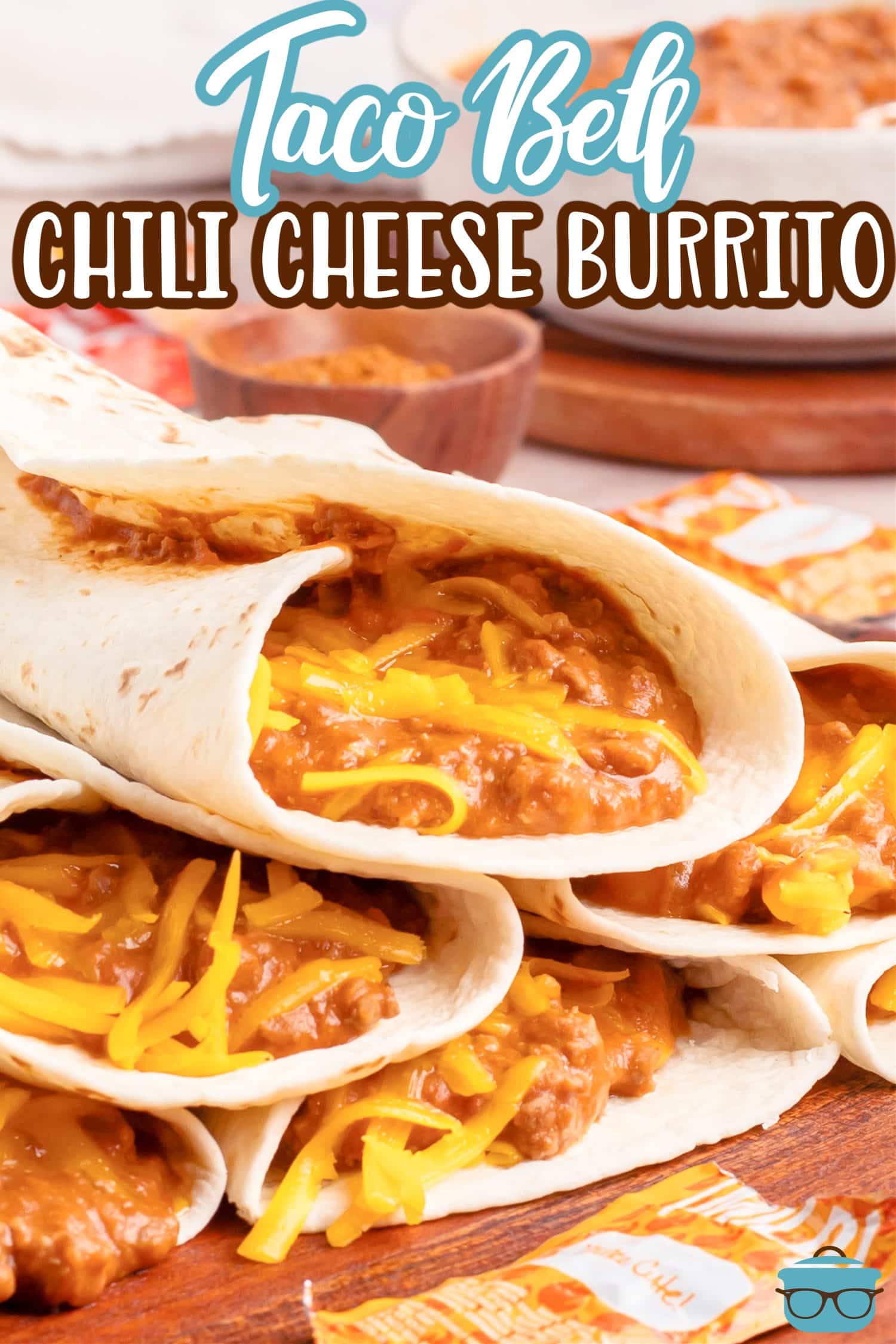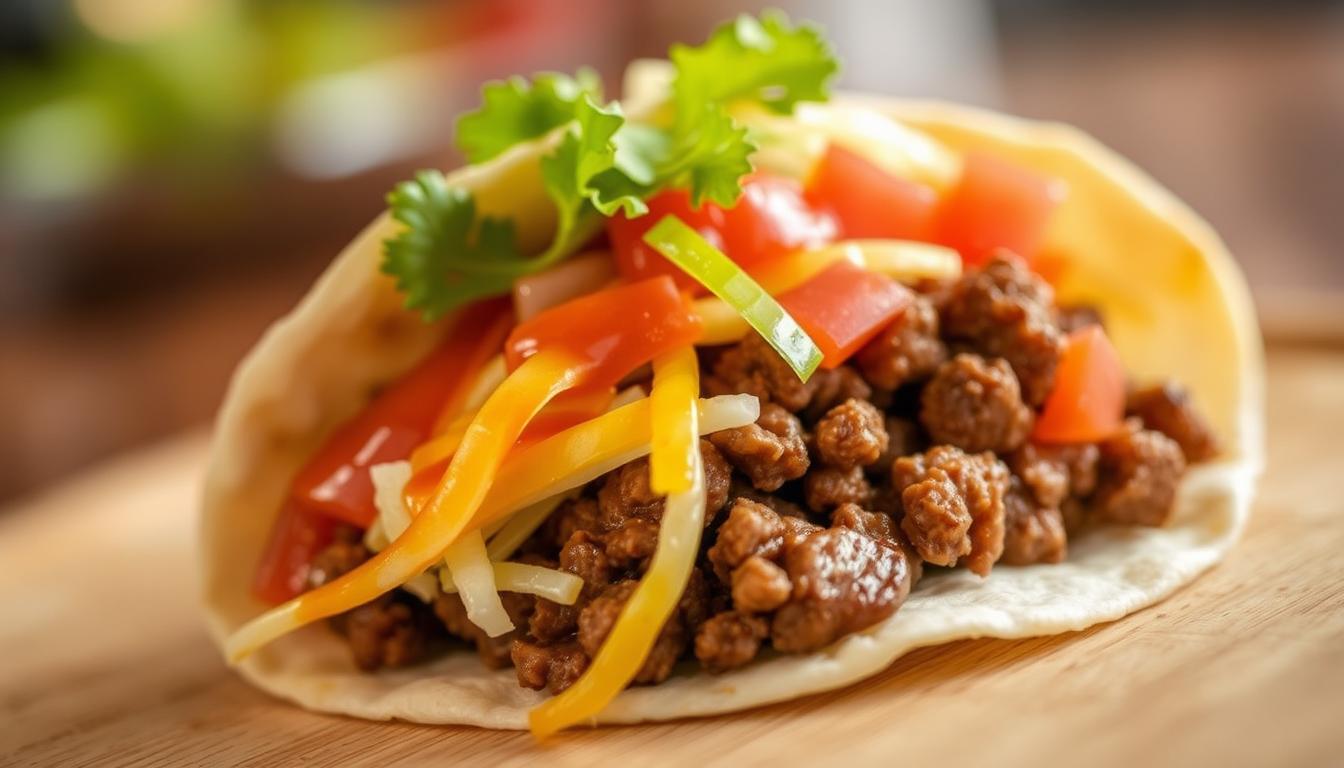Have you ever wondered what sets vanilla cake and yellow cake apart? While both are delicious, their differences lie in more than just color. Let’s explore how ingredients like eggs and fats shape their unique qualities.
Vanilla, white, and yellow cakes are often confused, but they have distinct profiles. The use of whole eggs or just whites significantly impacts color and texture. Susan Reid and Simply Recipes explain that whole eggs add richness, while egg whites keep it light.
Butter and shortening also play roles. Butter enhances flavor and color, whereas shortening keeps it light. This section will guide you through these comparisons, helping you choose the perfect cake for your needs.
Key Takeaways
- Vanilla, white, and yellow cakes are related but differ in ingredients and texture.
- Whole eggs add richness and a golden hue, while egg whites keep it light.
- Butter vs. shortening affects both color and texture.
- White cake often uses cake flour for a lighter texture.
- Yellow cake’s moisture makes it ideal for rich toppings.
Understanding the Basics: What Defines Vanilla, Yellow, and White Cakes
When it comes to cakes, the differences between vanilla, yellow, and white cakes are more than just a matter of color. These distinctions stem from the ingredients and techniques used in their recipes.
The Role of Eggs and Fats in Cake Color
Eggs play a crucial role in determining the color and texture of cakes. White cakes are made using only egg whites, which helps maintain a pure white color. In contrast, yellow cakes incorporate whole eggs, including the yolks, giving them a golden-yellow hue. The fat content also varies: white cakes often use a combination of butter and shortening, while yellow cakes rely solely on butter for richness and flavor.
Traditional Uses and Historical Context
Historically, white cakes have been a staple at weddings due to their pristine appearance. Yellow cakes, with their moist texture, are perfect for desserts with rich toppings. According to experts like Susan Reid and sources like King Arthur Flour, these traditional practices have shaped modern cake recipes.
| Cake Type | Ingredients | Color | Fat Used | Texture | Traditional Use |
|---|---|---|---|---|---|
| White Cake | Egg Whites, Shortening | White | Butter & Shortening | Light | Weddings |
| Yellow Cake | Whole Eggs | Golden-Yellow | Butter | Moist | Rich Toppings |
These subtle ingredient differences lead to distinct outcomes in appearance, flavor, and texture, making each cake type ideal for specific occasions. Understanding these basics helps in choosing the perfect cake for any celebration.
Deep Dive: vanilla cake vs yellow cake – Ingredient & Preparation Comparison
When it comes to baking, the ingredients you choose can make all the difference. Let’s explore how different ingredients shape the final product.
Impact of Using Whole Eggs vs Egg Whites
Whole eggs add moisture and a golden hue, while egg whites create a lighter texture. The yolks bring a custard-like flavor, as noted by Simply Recipes.
Butter, Shortening, and Flour: How They Shape the Cake
Butter enhances flavor and color in yellow cakes. White cakes often mix butter and shortening for a lighter feel. Cake flour ensures a fine crumb and better rise.

These choices affect texture and taste, making each cake type perfect for different toppings and occasions.
Taste, Texture, and Appearance: A Comparative Analysis
When comparing french vanilla cake and yellow cake, the differences in taste, texture, and appearance are both subtle and significant. Understanding these aspects can help you choose the perfect cake for any occasion.
Flavor Variations and Frosting Pairings
French vanilla cake offers a delicate, creamy flavor profile that pairs beautifully with light frostings like vanilla or cream cheese. In contrast, yellow cake has a richer, buttery taste, making it a great match for bold toppings such as chocolate ganache or caramel. King Arthur Flour suggests that the choice of frosting can elevate the cake’s flavor, so consider the occasion when deciding.
Moisture, Crumb, and Baking Techniques
The moisture content and crumb texture vary significantly between the two. French vanilla cake tends to be light and fluffy, achieved through the use of egg whites and shortening. Yellow cake, with its whole eggs and butter, is denser and moist. Using cake flour is essential for maintaining a tender crumb, as it has a lower protein content than all-purpose flour.
Practical Tips for Achieving the Perfect Cake
To achieve the perfect texture, ensure your batter is well-balanced. For a light sponge, use cake flour and avoid overmixing. For a richer cake, incorporate whole eggs and butter. Simply Recipes recommends precise measurements and gentle folding to preserve airiness. Remember, the right flour and fat balance are key to moisture retention and texture.

Conclusion
When it comes to baking, understanding the differences between vanilla and yellow cakes can elevate your creations. Both share a common vanilla flavor but differ in ingredients and techniques, leading to distinct results.
White cakes use egg whites and a mix of fats to achieve a pure white color and light texture. In contrast, yellow cakes use whole eggs, especially yolks, and butter for a golden hue and moist texture.
The balance of ingredients is crucial. Using the right amount of flour, fat, and eggs ensures the desired outcome. Traditionally, white cakes are perfect for weddings, while yellow cakes are great for birthdays and rich toppings.
Whether you’re a casual baker or a professional, knowing these distinctions helps you choose the right cake for any occasion. Remember, even small changes in ingredients can lead to big differences in appearance, texture, and flavor.
So, go ahead and experiment with these tips to perfect your recipes. Every cake you bake is a reflection of your unique way of creating something special. Share your baking successes and enjoy the joy of creating delicious treats!


